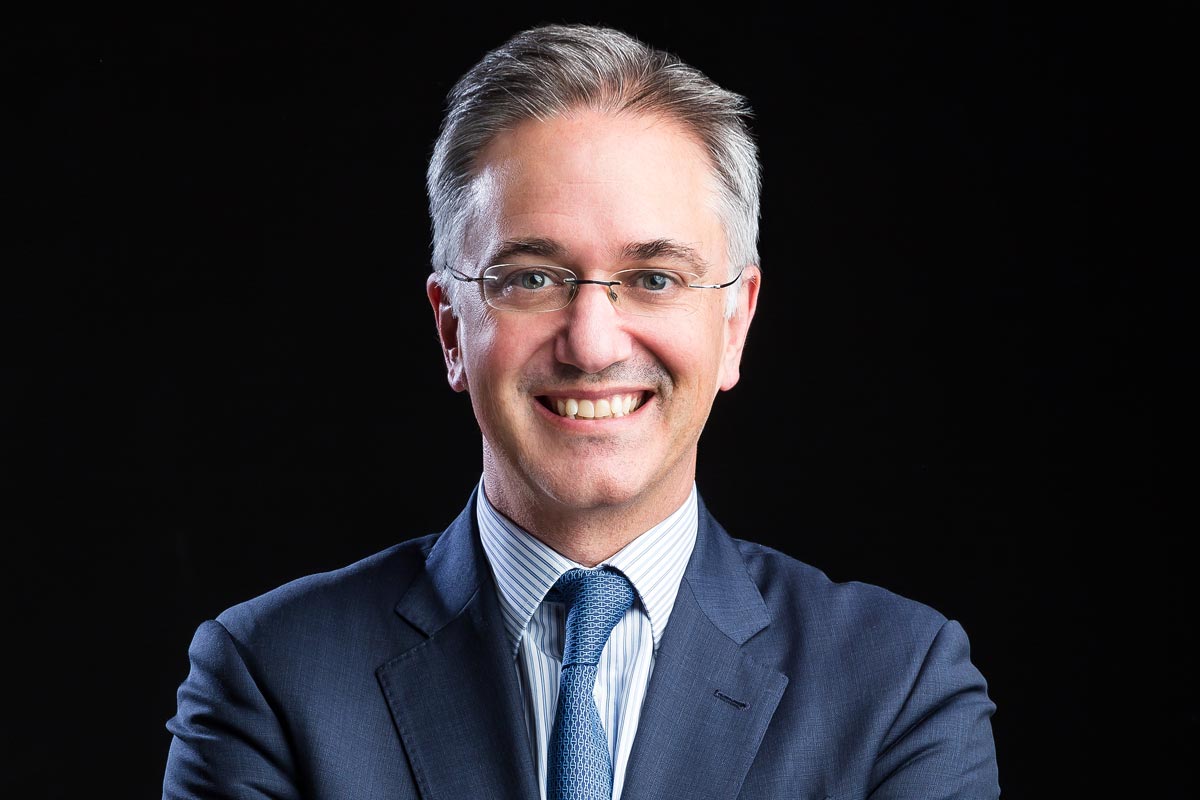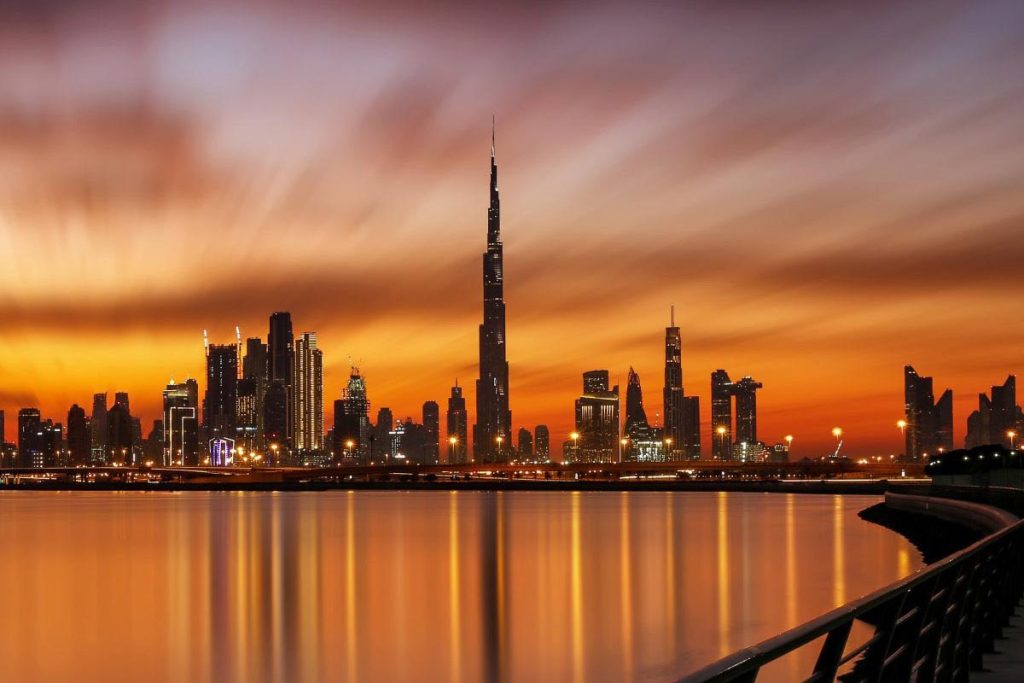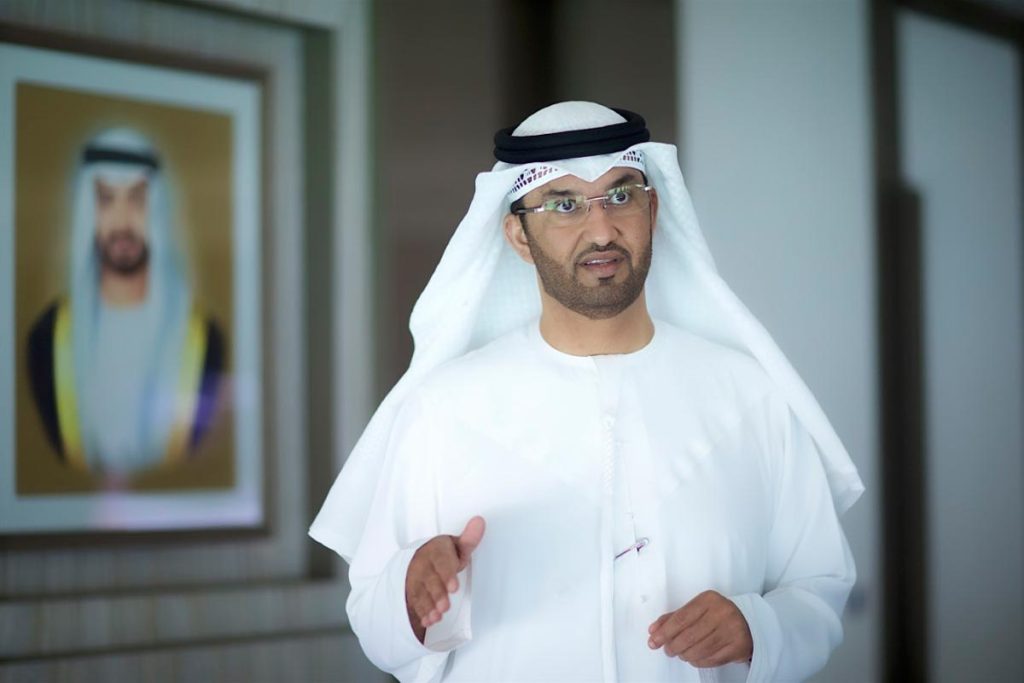

The exploration, production and export of oil and gas from the Arabian Gulf to the rest of the world has, undoubtedly, been an economic boon for the UAE. The dynamic growth and modernisation of the country since its foundation in 1971 would have been impossible without oil.
Yet, for all the obvious benefits of oil to the country, economic policy has always been focused on diversifying away from oil.
Without a diversified economy, the country remains exposed to a future where the transition to cleaner forms of energy means that global demand for oil will likely fall and the production of oil, while still profitable will, most probably, generate less revenue.
Moreover, it’s the non-oil economy that provides jobs; only 1 percent of UAE employees work in “mining and quarrying,” the sector that includes oil exploration and production, according to the Federal Competitiveness and Statistics Authority.
Non-oil economic growth matters a lot to 99 percent of the workforce.
Economic diversification away from hydrocarbons is essential for the continued flourishing of the UAE’s economy.
One obvious metric is to track the percentage of gross domestic product derived from oil and gas production over time. While the numbers tell a good overall story – the oil and gas sector accounted for 57 percent of GDP in 1975 and only 17 percent in 2020 – there needs to be some caution in interpretation.
After all, the percentage of GDP coming from the oil sector also fell to 17 percent in 1998, rising to 39 percent in 2011 and then back to 17 percent in 2020.
This metric suffers from a high degree of cyclicality, just as the oil market does. If the average oil price doubles over a couple of years (as it has between 2020 and 2022), then the nominal value of oil GDP will also double (assuming stable production volumes).
Such an impression would, however, be wrong. Doubling the nominal value of all production does not reduce the output of the non-oil economy or, necessarily, change the distribution of workers across different economic sectors. In short, this is the wrong way to monitor economic diversification through time.
A far better metric is the breakeven external oil price. This should not be confused with the more often-quoted fiscal breakeven oil price – the price of oil that enables an oil producing country to balance government revenue with spending.
The external breakeven oil price is the price of oil per barrel consistent with a country balancing is current account – that is, trade inflows and outflows, as well as net investment income and worker outward remittances.

According to IMF calculations, the UAE’s external breakeven oil price fell consistently from 2011 to 2020, from $67 per barrel to $18 per barrel. Put another way, the IMF estimates that in 2020 the UAE would only have posted a current account deficit if the price of oil had fallen below $18 per barrel.
The decrease in the breakeven external oil price paints a very strong economic picture for the UAE. On the one hand, investors in the country, and foreign residents alike, can continue to have total confidence in the macroeconomic stability of the country, anchored by the US dollar peg.
On the other hand, it reminds us that the UAE exports many more goods and services to the rest of the world than just oil and gas. Relying less and less on oil to balance the external accounts is the very stuff of economic diversification.
Nor is the UAE content to rest on its laurels. In recent weeks, a dozen of the UAE’s largest companies committed to funding over AED100 billion of purchase agreements from local manufacturers, further diversifying the country’s manufacturing base.

As Dr. Sultan Ahmed Al Jaber (above), UAE’s Minister of Industry and Technology said, these measures aim to “strengthen the resilience of our supply chains, enhance economic self-sufficiency and deliver lasting value.”
The UAE’s growth plans are predicated on growing the population, attracting immigration from around the world to bring know-how and expertise to the UAE, foreign direct investment, and domestically funded fixed capital formation.
Appreciating the success of the UAE’s diversification efforts is a key part of building confidence in the UAE as a long-term investment destination.
Subject to final FSRA approval, Peninsula aims to become the first internally managed REIT in the ADGM and GCC Peninsula today announced that it has been granted an In-Principle Approval (IPA) by the Financial Services Regulatory Authority (FSRA) of the Abu Dhabi Global Market (ADGM). Peninsula, founded in 2019 and incorporated in ADGM, is […]
Peninsula PLC today announced a new strategic investment by Fortinbras Enterprises, via its affiliate fund, to support the company’s growth and deepen its impact on the commercial real estate market in Abu Dhabi, the UAE, and GCC. Peninsula Real Estate, founded in 2019 in Abu Dhabi and incorporated in the Abu Dhabi Global Market, is […]
Peninsula is delighted to announce newly appointed members to its Board of Directors Peninsula’s Board of Directors demonstrates the Company’s commitment to best-in-class governance standards and enhances Peninsula’s deep in-market expertise and extensive global real estate knowledge. Peninsula’s Board of Directors now consists of 7 members, of which 2 are the existing Executive Directors and […]